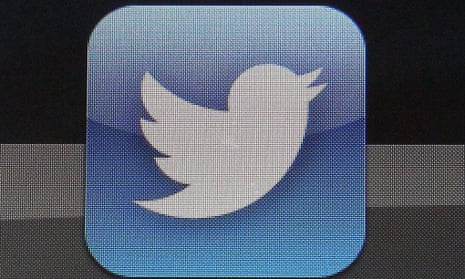Twitter’s moves to insert tweets into people’s timelines from accounts they don’t follow have been controversial enough, but now it has emerged that the company is collecting data on their other smartphone apps to help do it.
In a post on the company’s support website, Twitter has published details of its “app graph” initiative, which lays out its plans to scan what else is installed on users’ smartphones besides its own app.
“To help build a more personal Twitter experience for you, we are collecting and occasionally updating the list of apps installed on your mobile device so we can deliver tailored content that you might be interested in,” explained Twitter.
“We are only collecting the list of applications you have installed. We are not collecting any data within the applications.”
According to the social network, it will use the data to provide better “who to follow” suggestions; to add “tweets, accounts, or other content to your timeline that we think you’ll find especially interesting”; and to boost its advertising business by “showing you more relevant promoted content”.
Anticipating the likely reaction, Twitter also published a step-by-step guide to turning the app graph feature off within its Android and iOS apps – in both cases, it can be switched off within the settings section.
Twitter added that it will not scan any user’s other apps before notifying them that it plans to do via an in-app prompt.
Twitter has several motivations for introducing the app graph feature. First, it is making strenuous efforts to make its service less intimidating for new users, who may sign up without knowing who to follow.
Scanning their smartphone apps is a shortcut to populating their initial timeline with tweets and accounts it thinks they’ll be interested in. Which, in turn, aims to tackle the challenge of slowing user growth for the company.
Second, there’s the advertising angle, with Twitter keen to improve the targeting of its “promoted” features. The company reported $320m of advertising revenues in the third quarter of 2014 alone, with 85% of that coming from mobile ads. The more it can refine how they’re targeted, the more money it will make.
There are other ways Twitter may be able to use the data it is collecting from users’ smartphones, however. It will be another way for the company to spot fast-rising apps from smaller startups, which may influence its acquisitions strategy.
But it will also give the company better data on the install bases of third-party Twitter clients like Tweetbot, which rival its own official app.
It remains to be seen what Google and Apple make of Twitter’s decision to collect data on other apps installed on Android and iOS devices, at a time when they too are under scrutiny over data privacy issues.
On the positive side, Twitter’s approach to app graph – announcing it publicly, not turning it on until individual users have been notified, and explaining how it can be turned off – is a welcome break from past app privacy controversies, where people have discovered that certain data was being collected without their knowledge.

Comments (…)
Sign in or create your Guardian account to join the discussion